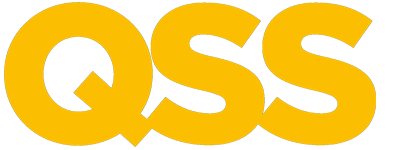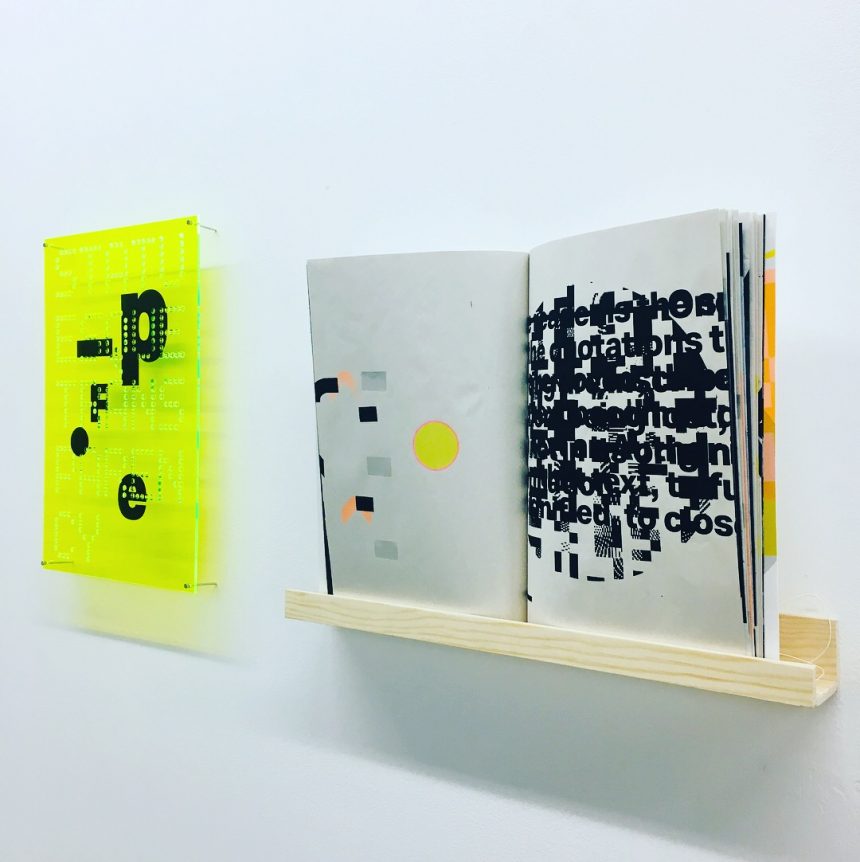Artist of the Month – Pauline Clancy
What is your typical studio routine?
I don’t think I have a typical studio routine. I try to get into the studio space as much as possible and the intensity of that routine is dependent on what I am working on. As screenprinting forms a large part of my practice, I divide my time between screenprinting in Belfast Print Workshop and bringing the work together and exploring other possibilities in QSS.
2. Many of us at QSS have previously studied at Ulster University at different stages of our education (BA, MFA, PhD). How did this experience influence your later attitude as a professional working artist?
I am currently undertaking a practice-led PhD at Ulster University (UU), which examines typography and the materiality of language. In 2013, I also completed my Masters in Multidisciplinary Design at UU. My Masters experience was a critical point in my practice as this was when I learned how to screenprint, which opened up my work to new and experimental possibilities. My PhD extends that experimental research where my work plays with chance and language in visual ways.
3. Can you name some of the contemporary artists you are interested in?
I am very interested in the work of artists and designers that crosses boundaries between fine art and design, For example, Dutch designer and artist Karel Martens, US artist Shannon Ebner, UK artist Paul Elliman, German based UK designer Patrick Thomas and UK artist Fiona Banner.
4. Is there a difference, say, in being called an ‘artist’ or a ‘painter’/’sculptor’, ‘printmakers’? Do these distinctions matter?
I am formally trained as a graphic designer but the work I create in the studio and the work I make as part of my PhD research crosses boundaries into fine art, which I feel is an exciting position for my practice. I think for some practitioners it’s easily defined; for others it’s less clear where terms such as ‘multidisciplinary’ or ‘interdisciplinary’ can be utilised to describe their position. I don’t think these distinctions matter as ultimately, the work that is created or produced speaks for itself and suggests the way in which it can be viewed and read.
5. What role does social media play in the documentation/promotion of your own work?
I think social media can be a fantastic resource and tool, for example Instagram for documenting and sharing work, and Twitter / LinkedIn for networking and seeking national and international opportunities. I have made some strong professional connections through social media and have also availed of opportunities. So, used in the right way it can be a powerful tool for the dissemination of practice.
You can view Pauline’s profile page here.
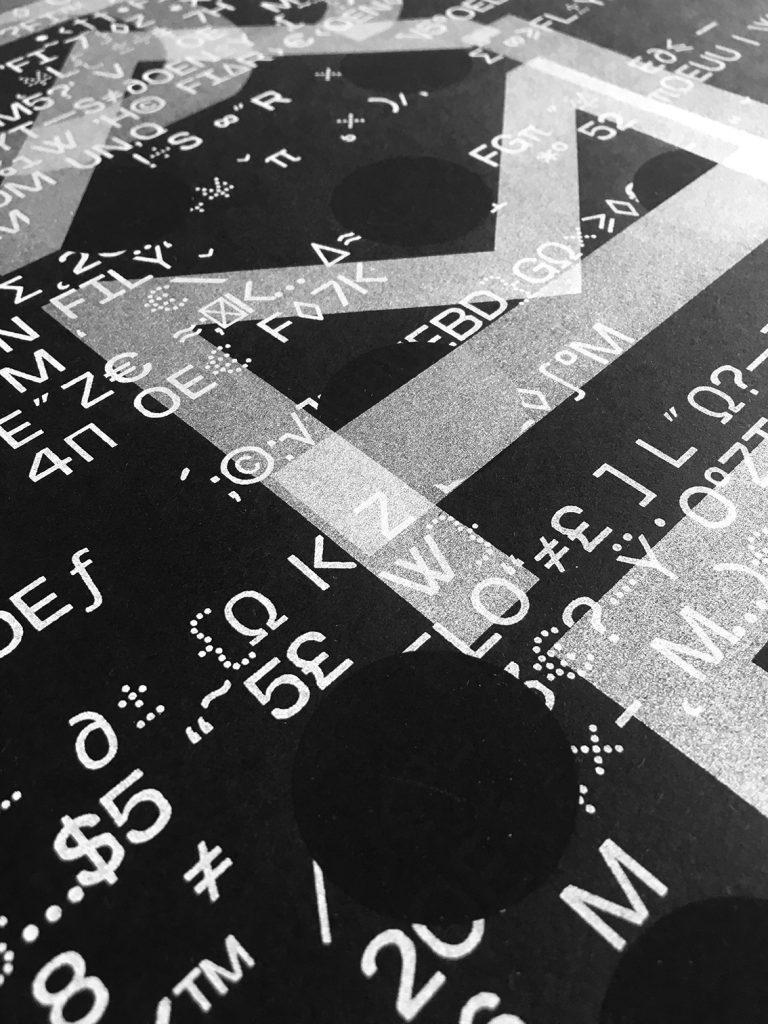
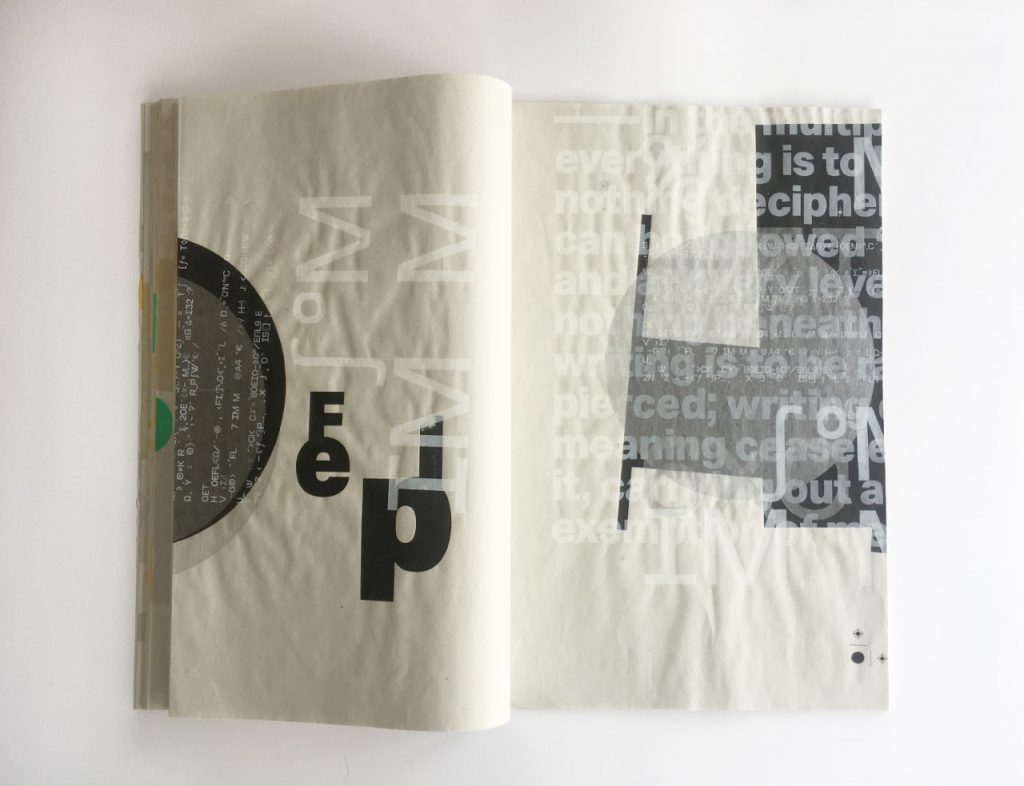
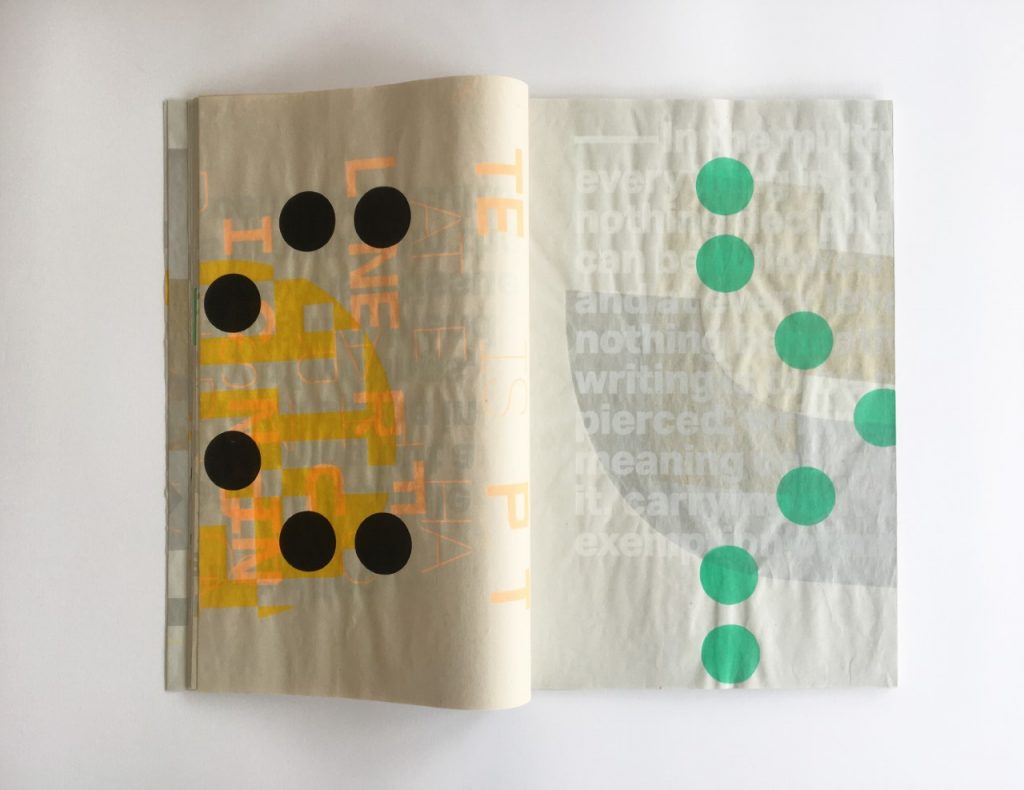
The full list of questions to choose from is given below:
1. What is your typical studio routine?
2. Was there a definitive point in your life that you decided to become a professional artist?
3. Many of us at QSS have previously studied at Ulster University at different stages of our education (BA, MFA, PhD). How did this experience influence your later attitude as a professional working artist?
4. Socially, historically and perhaps geographically, Belfast has many ‘unique’ attributes that define it as a city. Can you describe one positive and one negative aspect of working in this ‘unique’ place.
5. There are many arts journals, which would you consult regularly?
6. What role does social media play in the documentation/promotion of your own work?
7. Is there a difference, say, in being called an ‘artist’ or a ‘painter’/’sculptor’, ‘printmakers’? Do these distinctions matter?
8. How do you find an audience beyond the studio?
9. Have you completed any artist residencies or are there any you aspire to?

